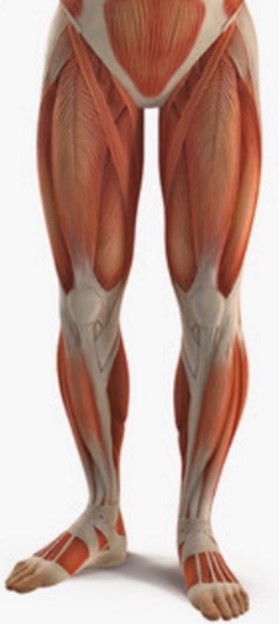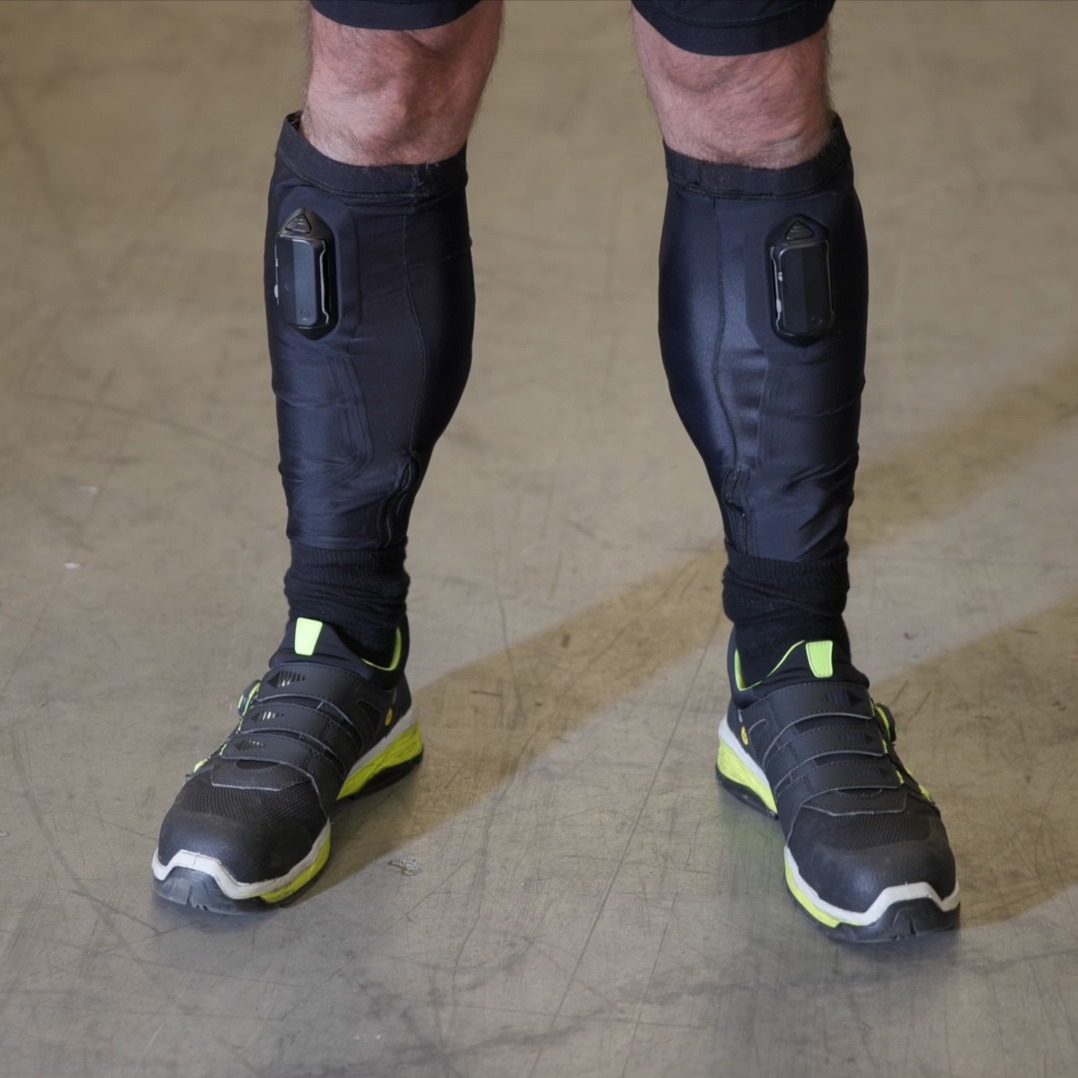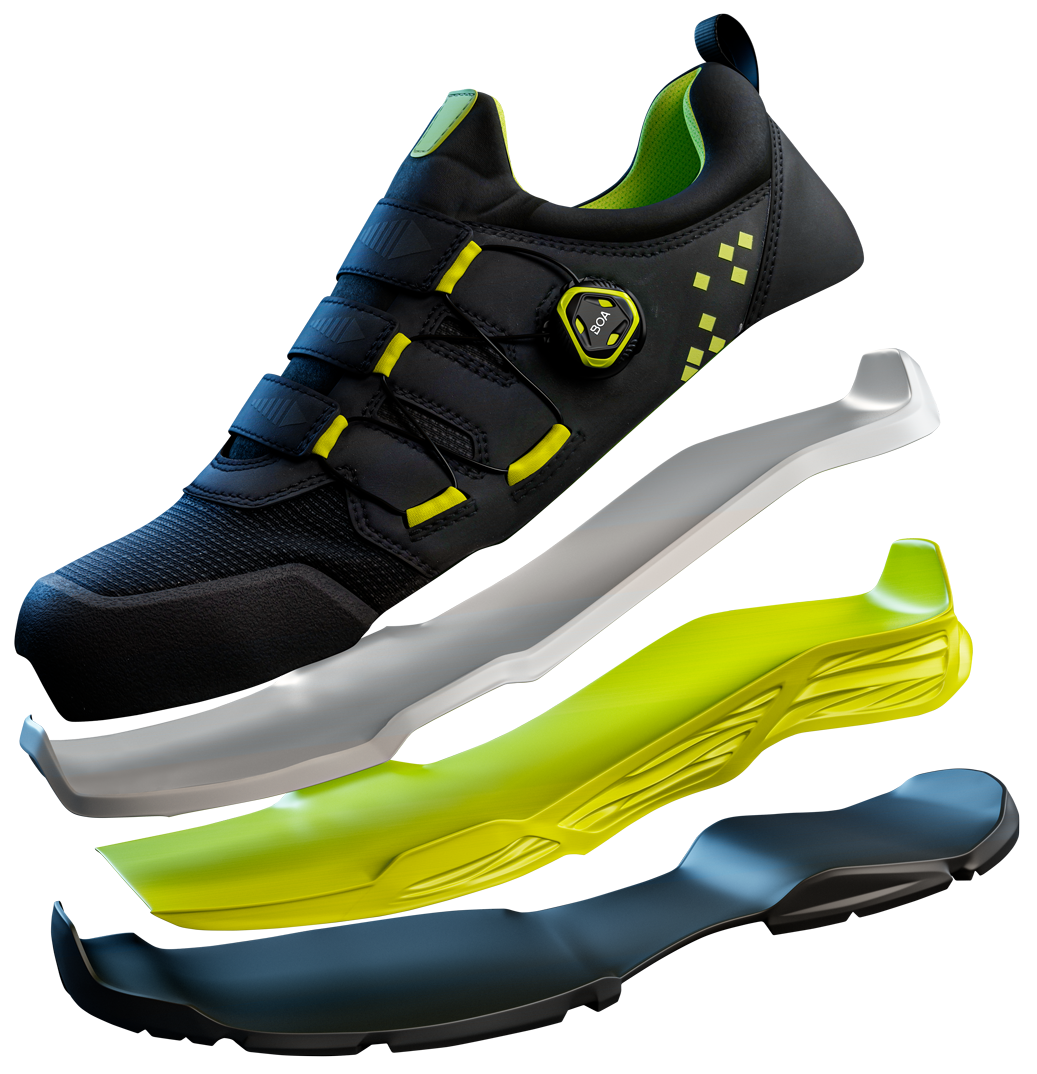Don't be seduced by too soft safety shoes
Don't be seduced by safety shoes that feel super soft when you try them on. They are probably not the best option for your body.
Many people assume that all safety shoes are the same, and the most important thing is to wear them. However, physical examinations shows that our bodies require different types of support and protection depending on the work we do. Therefore, it's crucial to find the best safety shoe and sole that promotes your health and comfort during work.
Apart from safeguarding our feet against injuries, safety shoes should also provide support to decrease the risk of knee and back problems, which are the primary cause of work-related absences in the Western world.
To achieve the right protection against foot and back problems, it's necessary to understand how various work tasks can affect our bodies. That's why JALAS hired Myontec, a health technology company that produces smart clothing for muscle load measurements, to examine these impacts.
This article provides essential considerations for preventing foot and back problems based on muscle load examinations. Examinations like this helps our product development by demonstrating how test subjects' muscles respond to various tasks.
Myontec planned, conducted the examinations, including a fixed environment and randomized order, repetitions, and timing of tasks. Despite the small number of test subjects, the examinations were objective because they revealed systematic trends that could be explained by biomechanics and work physiology. Myontec also interpreted the examination results.
Before we delve into the examination results, let's take a moment to understand how our leg muscles function.
 This is how your leg muscles work
This is how your leg muscles work


